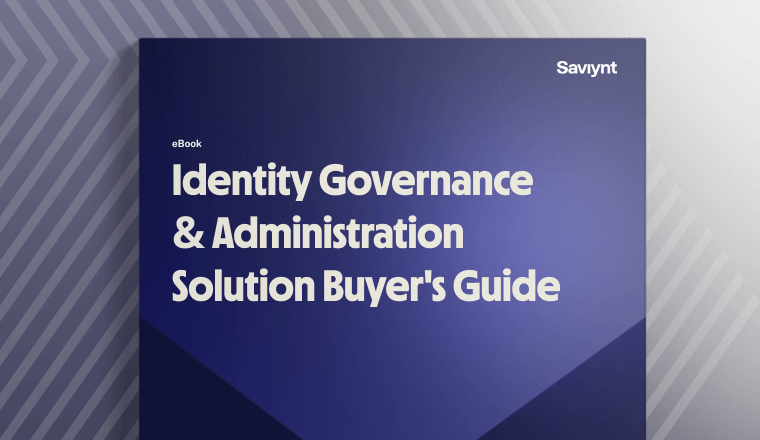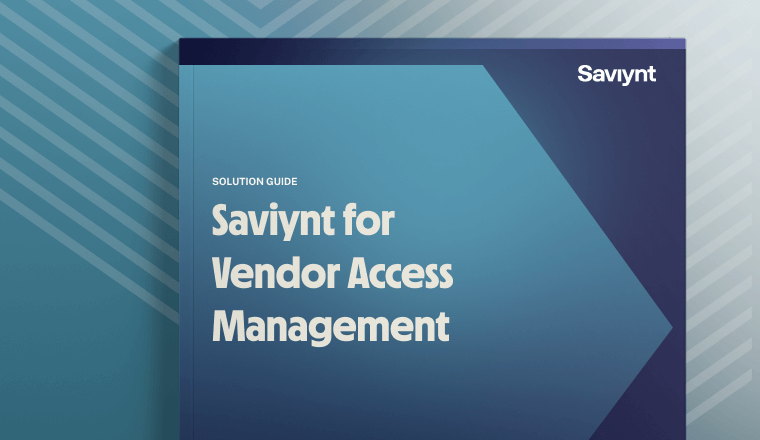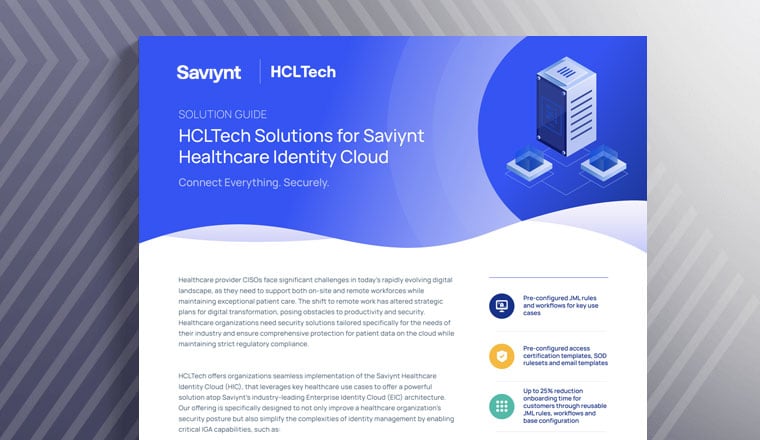Glossary Listing
Providing third-party access to your organization’s systems involves particular risks and poor vendor access management may result in a security breach.



What is Vendor Access Management?
What is VAM?
Vendor Access Management is the process of managing third-party access to your organization’s computer systems. VAM systems provide “least privilege” temporary access for vendors to an organization’s systems on a need-to-access basis. When a vendor no longer needs access, the VAM system will simplify the process of revoking access.Providing third-party access to your organization’s systems involves particular risks and poor vendor access management may result in a security breach.
Resources


